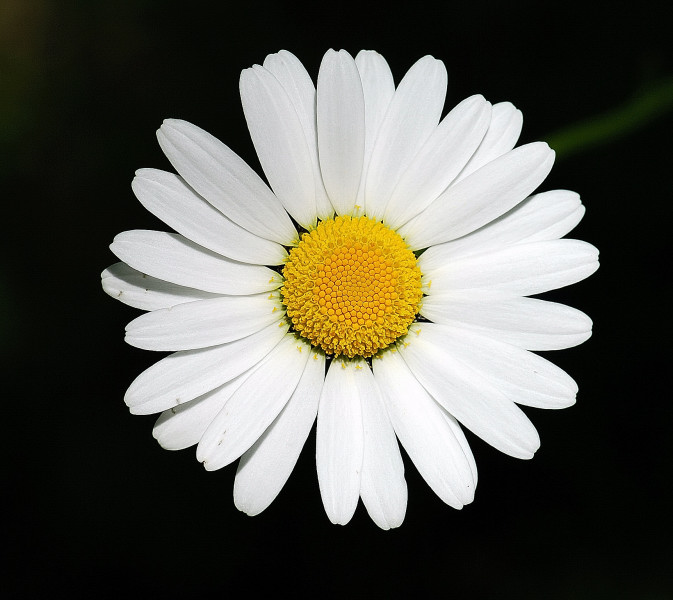Daisy (Bellis perennis), commonly known as the common daisy or English daisy, is a perennial flowering plant native to Europe and widely naturalized in various parts of the world. It is renowned for its charming, simple flowers and is often found in lawns, meadows, and garden borders. The plant is appreciated for its ornamental value as well as its potential therapeutic uses.
Botanical Classification:
Kingdom: Plantae
Order: Asterales
Family: Asteraceae
Genus: Bellis
Species: Bellis perennis
Plant Characteristics: Bellis perennis is characterized by:
Flowers: The plant produces small, composite flowers with a central yellow disc surrounded by white or pink petal-like florets. The flowers are daisy-like and appear singly on top of long, slender stems.
Leaves: The leaves are basal, ovate to spoon-shaped, with a toothed or lobed margin. They are typically green and form a rosette at the base of the plant.
Growth Habit: It is a low-growing perennial that typically reaches a height of 10-30 cm. The plant spreads through basal rosettes and can form dense mats.
Soil and Light: Prefers well-drained soil and full sun to partial shade. It is adaptable to a range of soil types, including loamy, sandy, and clay soils, and is tolerant of varying moisture levels.
Chemical Composition and Structure: The chemical composition of Bellis perennis includes:
Flavonoids: Contains flavonoids such as quercetin and rutin, which contribute to its antioxidant and anti-inflammatory properties.
Saponins: Present in the leaves and flowers, which may have mild expectorant and antimicrobial effects.
Essential Oils: Contains minor amounts of essential oils with potential antiseptic and soothing properties.
Vitamins and Minerals: Provides trace amounts of vitamins and minerals that can support general health.
Uses and Benefits:
Cosmetic: The extracts of Bellis perennis are used in skincare products for their soothing, anti-inflammatory, and skin-brightening properties. They are included in creams, lotions, and facial masks aimed at calming the skin and reducing redness.
Medicinal: Historically, the plant has been used in traditional medicine for its potential benefits in treating respiratory conditions, skin irritations, and wounds. It is believed to have mild diuretic and anti-inflammatory effects.
Ornamental: Widely cultivated for its attractive, cheerful flowers, which are used in gardens, floral arrangements, and as ground cover. The plant is appreciated for its ability to provide a splash of color and its easy maintenance.
Culinary: The young leaves and petals are sometimes used in salads or as garnishes, offering a mild flavor and decorative touch.
Applications:
Cosmetics: Used in various skincare products for its calming and soothing effects. The extracts are often included in formulations aimed at improving skin texture and reducing irritation.
Medicinal: Utilized in herbal remedies and natural treatments for its potential benefits to respiratory health and skin care.
Ornamental: Cultivated in gardens for its vibrant, attractive flowers and ability to serve as a ground cover or border plant.
Culinary: Petals and young leaves can be used in culinary dishes for their visual appeal and mild flavor.
Environmental and Safety Considerations:
Environmental Impact: Bellis perennis is an adaptable and hardy plant that can thrive in various soil types and conditions. It contributes to garden biodiversity and can help in soil stabilization.
Safety: Generally considered safe for cosmetic and culinary use. However, individuals with allergies to plants in the Asteraceae family should perform a patch test before using products containing Bellis perennis extracts. The plant's consumption in large quantities should be avoided.
INCI:
Skin conditioning agent. It is the mainstay of topical skin treatment as it has the function of restoring, increasing or improving skin tolerance to external factors, including melanocyte tolerance. The most important function of the conditioning agent is to prevent skin dehydration, but the subject is rather complex and involves emollients and humectants that can be added in the formulation.
Synonyms:
CAS: 84776-11-4 EC number 283-935-9
![]() Daisy
Daisy 

